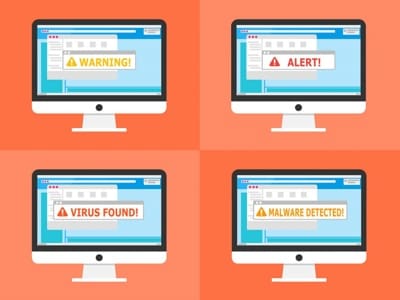What Really is WannaCry Ransomware: Identifying It in Simpler Terms

Ransomware WannaCry is basically a worm that spreads by exploiting vulnerabilities in the Windows operating system. Once installed, it encrypts files and demands a payment to decrypt them. Ransom WannaCry is a worm that delivers a ransomware payload.
It has two primary components. A worm module used for self-propagation and a ransom module used for handling the ransom extortion activities. In WannaCry ransomware attacks, victims have been sent ransom notes with “instructions” in the form of ! Please Read Me!.txt files, linking to ways of contacting the hackers.
WannaCry changes the computer’s wallpaper with messages such as asking the victim to download the ransomware from Dropbox before demanding hundreds in bitcoin to work. Once inside the system, WannaCry ransomware creates encrypted copies of specific file types before deleting the originals, leaving the victims with the encrypted copies. These copies can’t be accessed without a decryption key.
WannaCry additionally increases the ransom amount, and threatens the loss of data, at a predetermined time, creating a sense of urgency and greatly improving the chances victims will pay the ransom.
How to Protect Against it
Large companies with sophisticated security systems are able to spot this occurring and can isolate documents to minimise damage. Individuals might not be so lucky and could end up losing access to all of their information. The best protection against ransomware attacks is to have all files backed up in a completely separate system. This means that if you suffer an attack you won’t lose any information to the hackers.
It is difficult to prevent determined hackers from launching a ransomware attack, but exercising caution can help. Cyber attackers need to download malicious software onto a computer, phone or other connected devices. While the key advice to dealing with ransomware is prevention – update your catches, back up your files, don’t open any suspicious emails – it really doesn’t mean much after you’ve already been locked out of your computer while hackers extort your own encrypted files from you. WannaCry ransomware is targeting three versions of Windows, in particular, Windows 8, Windows XP and Windows Server 2003.
For now, the best advice to guard against this virus is not to click on suspicious links or open attachments from unknown sources. Check the reliability of a link by hovering your cursor over it to make sure the URL matches the hyperlink.

Hiring Professionals on the Job
You can also install updates and patches on your operating systems and applications as soon as you receive them, while experts have also advised the use of complex passwords and logins. To further enhance your IT security, include random, upper- and lowercase letters; numbers; and symbols. Do not reuse old passwords and logins. Users should also have a back-up solution of your files on an external drive or other appropriate media, so you’ll still have access even if you lose access to your computer or another device.
For better data security, experts have also advised users to remove apps you don’t use. Overall, it would be best to seek the services of professional IT solutions and IT security experts. This way you will have better ransomware protection and also have a sound back-solution in case of any untoward incident. Contact us.







